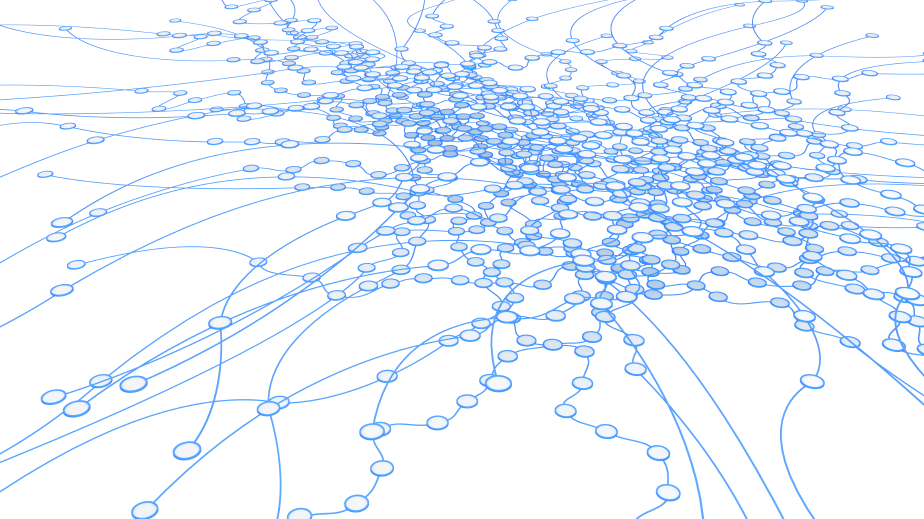
Solving visual question answering (VQA) task requires recognizing many diverse visual concepts as the answer. These visual concepts contain rich structural semantic meanings, e.g., some concepts in VQA are highly related (e.g., red & blue), some of them are less relevant (e.g., red & standing). It is very natural for humans to efficiently learn concepts by utilizing their semantic meanings to concentrate on distinguishing relevant concepts and eliminate the disturbance of irrelevant concepts. However, previous works usually use a simple MLP to output visual concept as the answer in a flat label space that treats all labels equally, causing limitations in representing and using the semantic meanings of labels. To address this issue, we propose a novel visual recognition module named Dynamic Concept Recognizer (DCR), which is easy to be plugged in an attention-based VQA model, to utilize the semantics of the labels in answer prediction. Concretely, we introduce two key features in DCR: 1) a novel structural label space to depict the difference of semantics between concepts, where the labels in new label space are assigned to different groups according to their meanings. This type of semantic information helps decompose the visual recognizer in VQA into multiple specialized sub-recognizers to improve the capacity and efficiency of the recognizer. 2) A feature attention mechanism to capture the similarity between relevant groups of concepts, e.g., human-related group “chef, waiter” is more related to “swimming, running, etc.” than scene related group “sunny, rainy, etc.”. This type of semantic information helps sub-recognizers for relevant groups to adaptively share part of modules and to share the knowledge between relevant sub-recognizers to facilitate the learning procedure. Extensive experiments on several datasets have shown that the proposed structural label space and DCR module can efficiently learn the visual concept recognition and benefit the performance of th...

